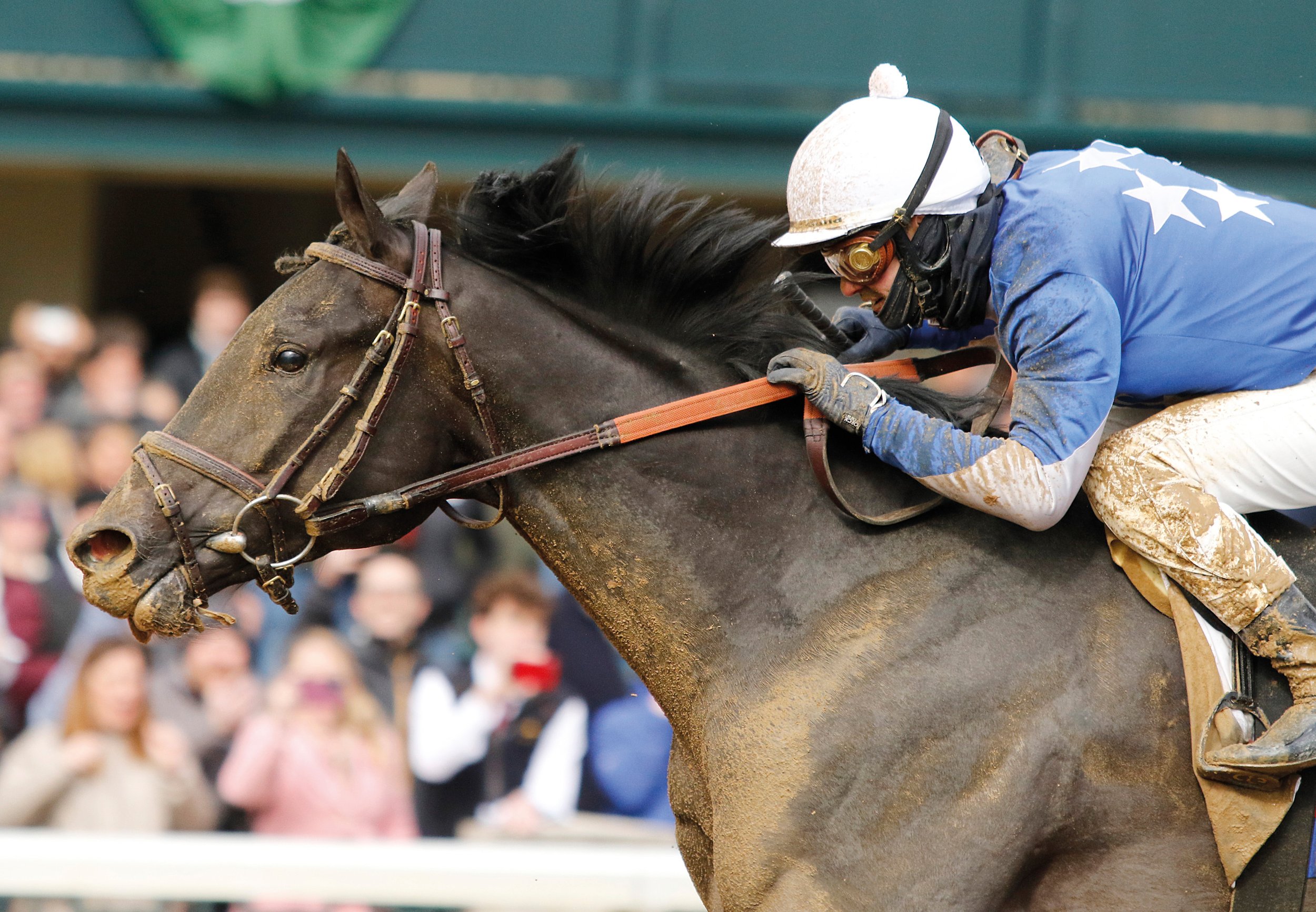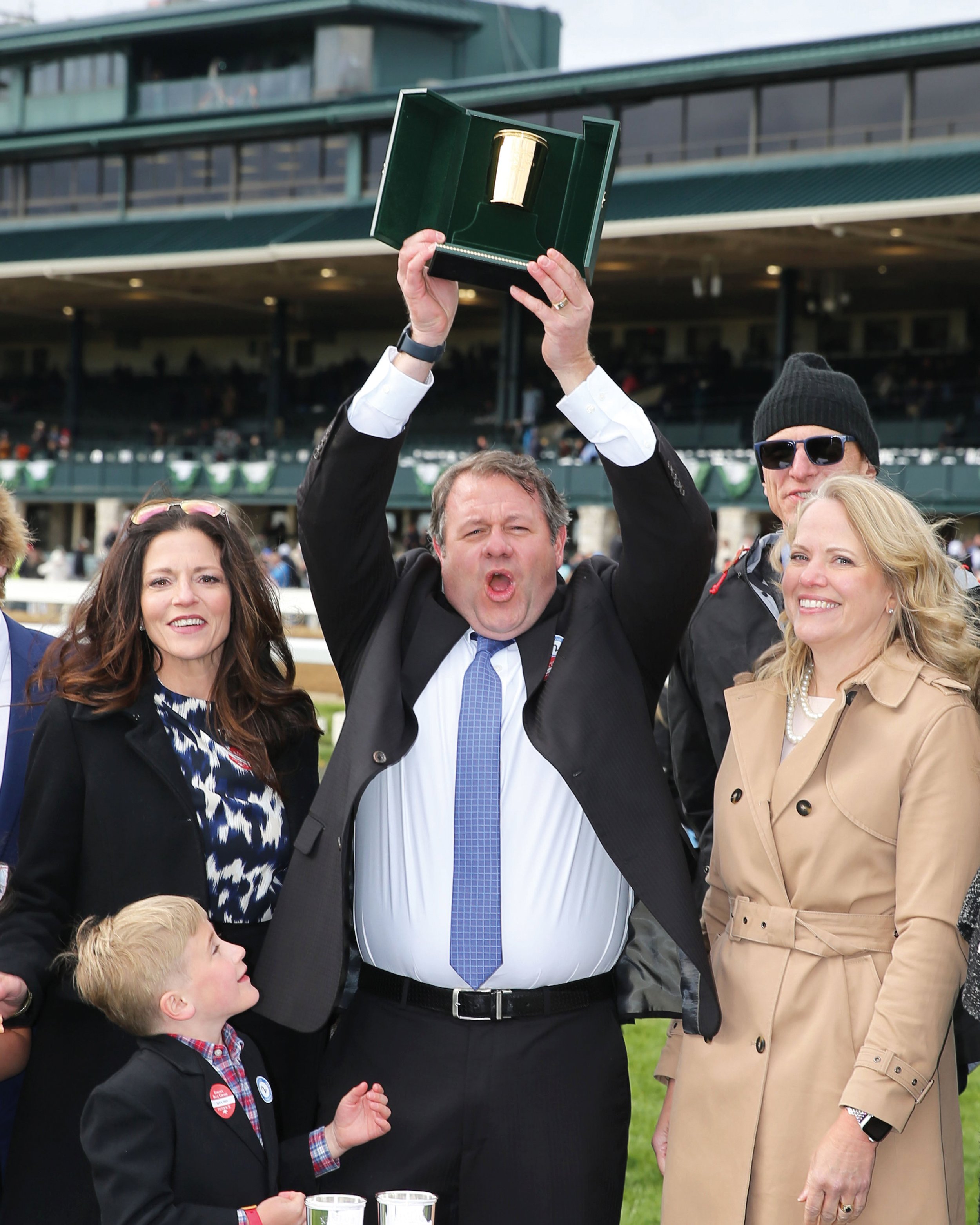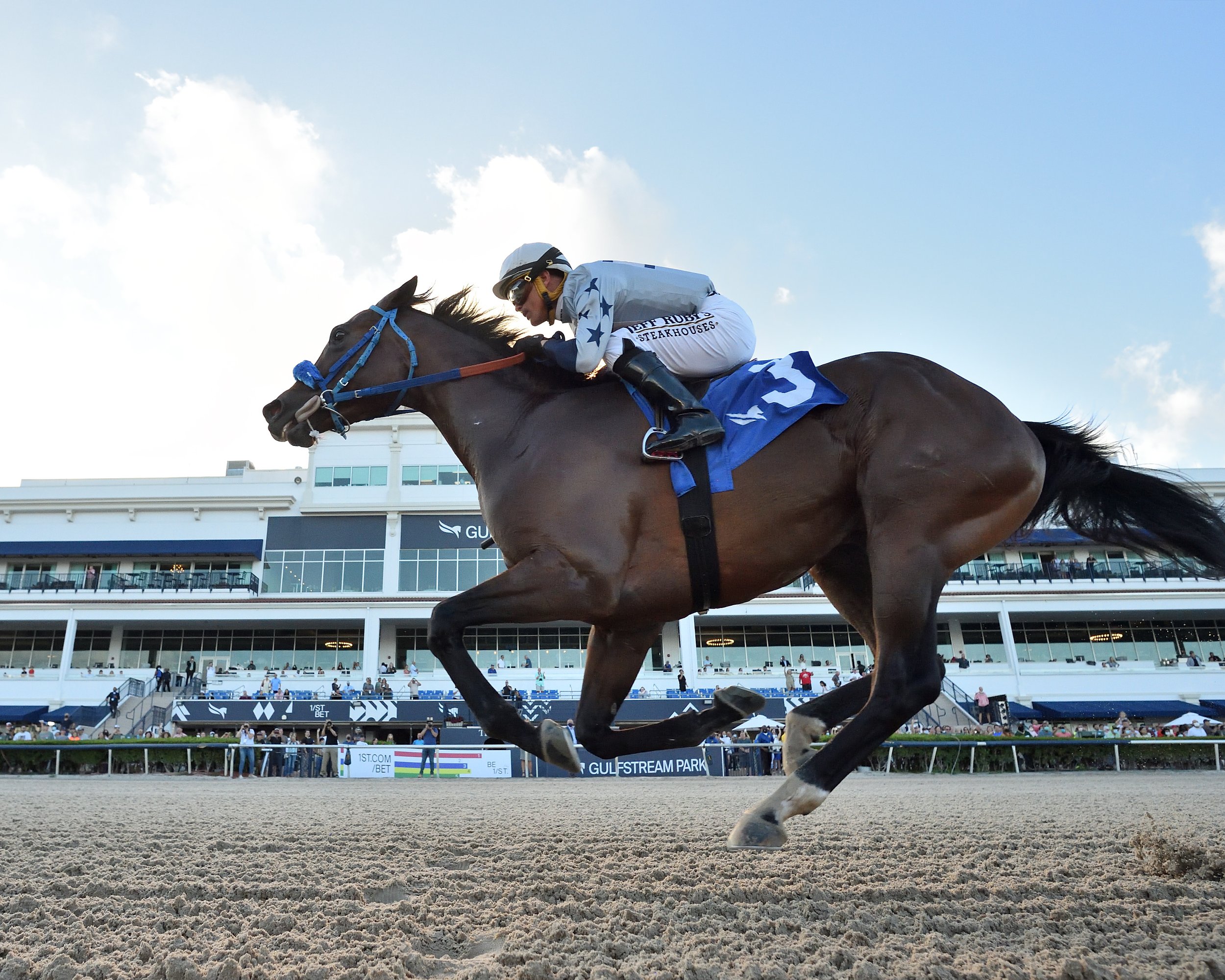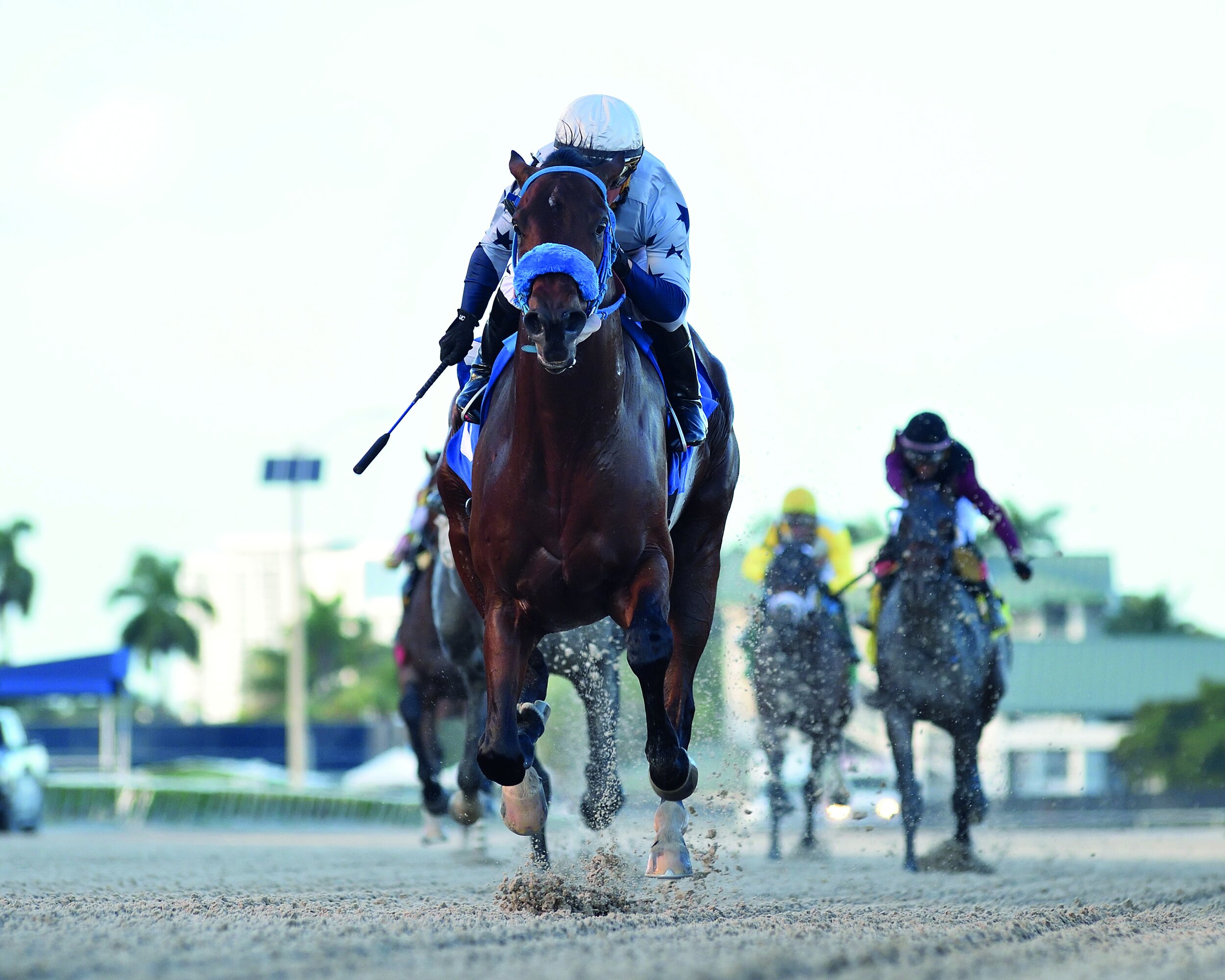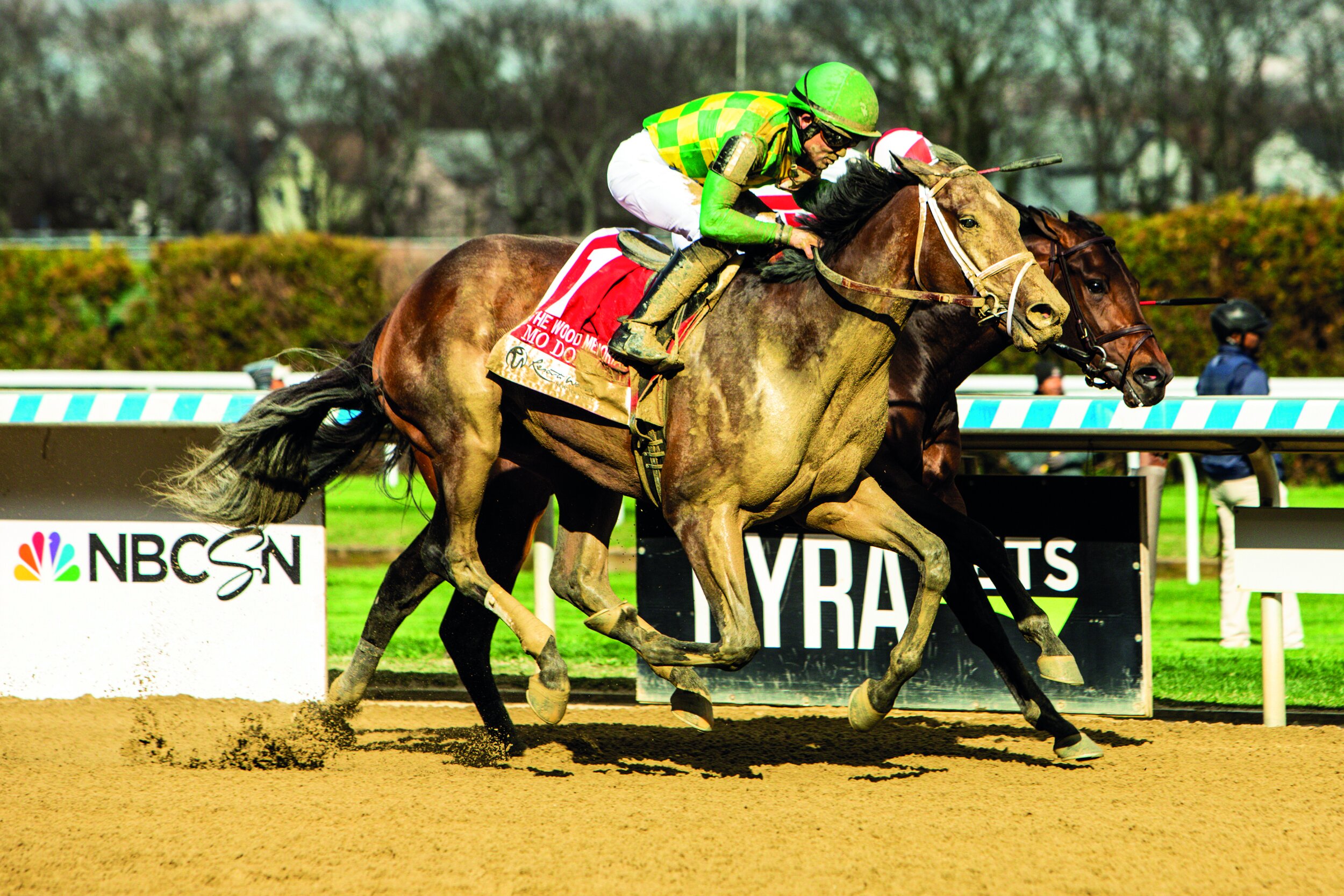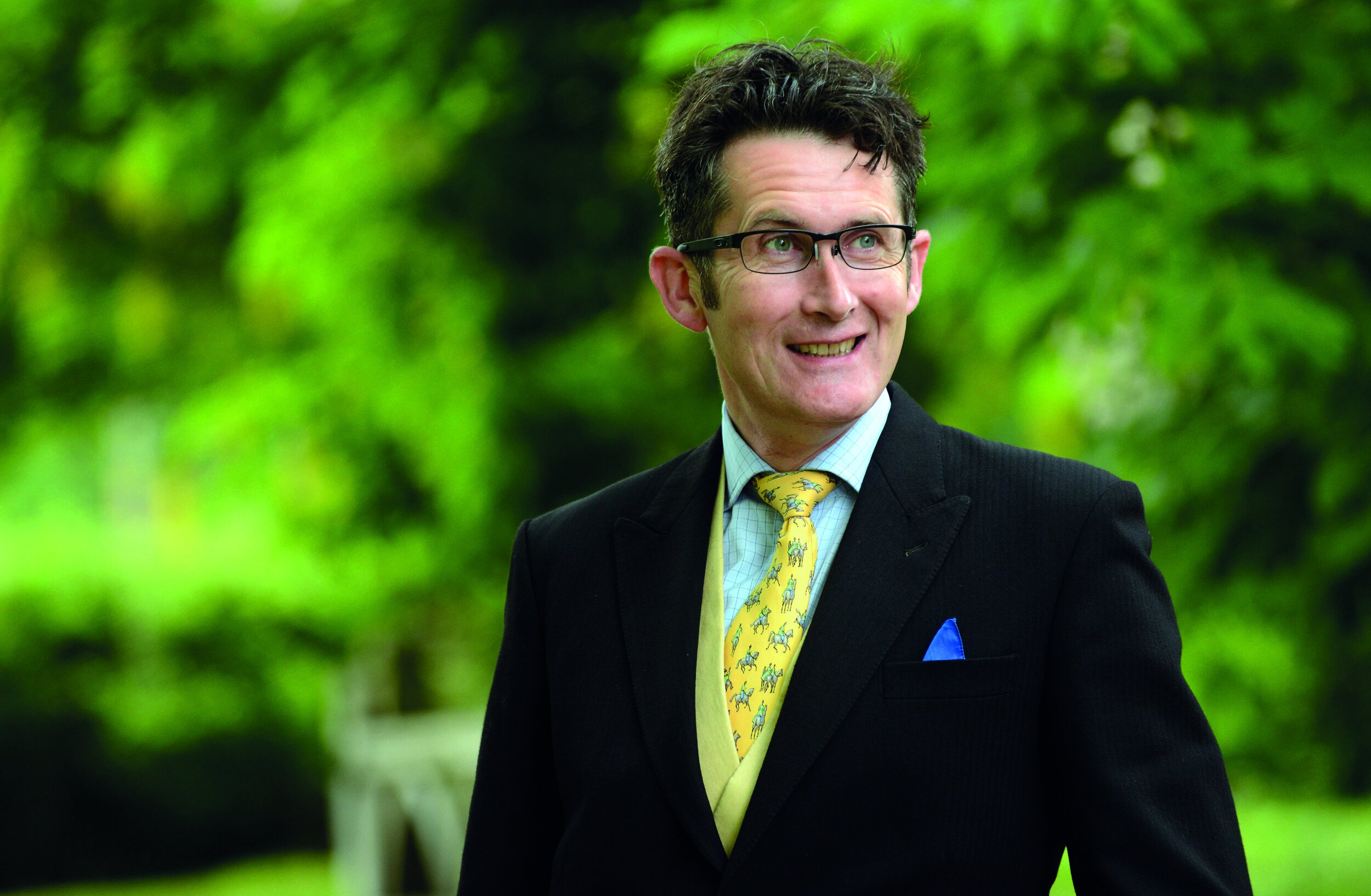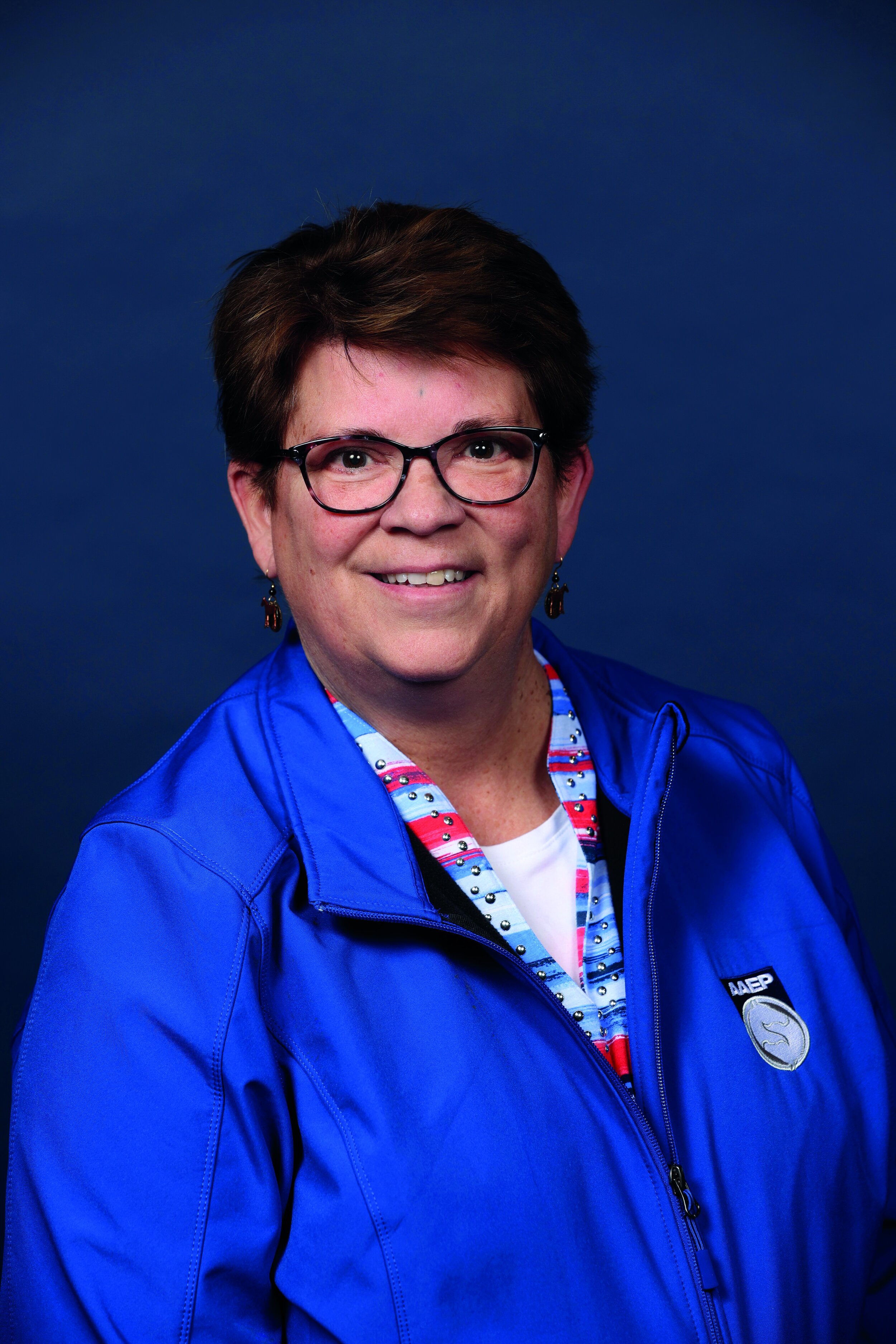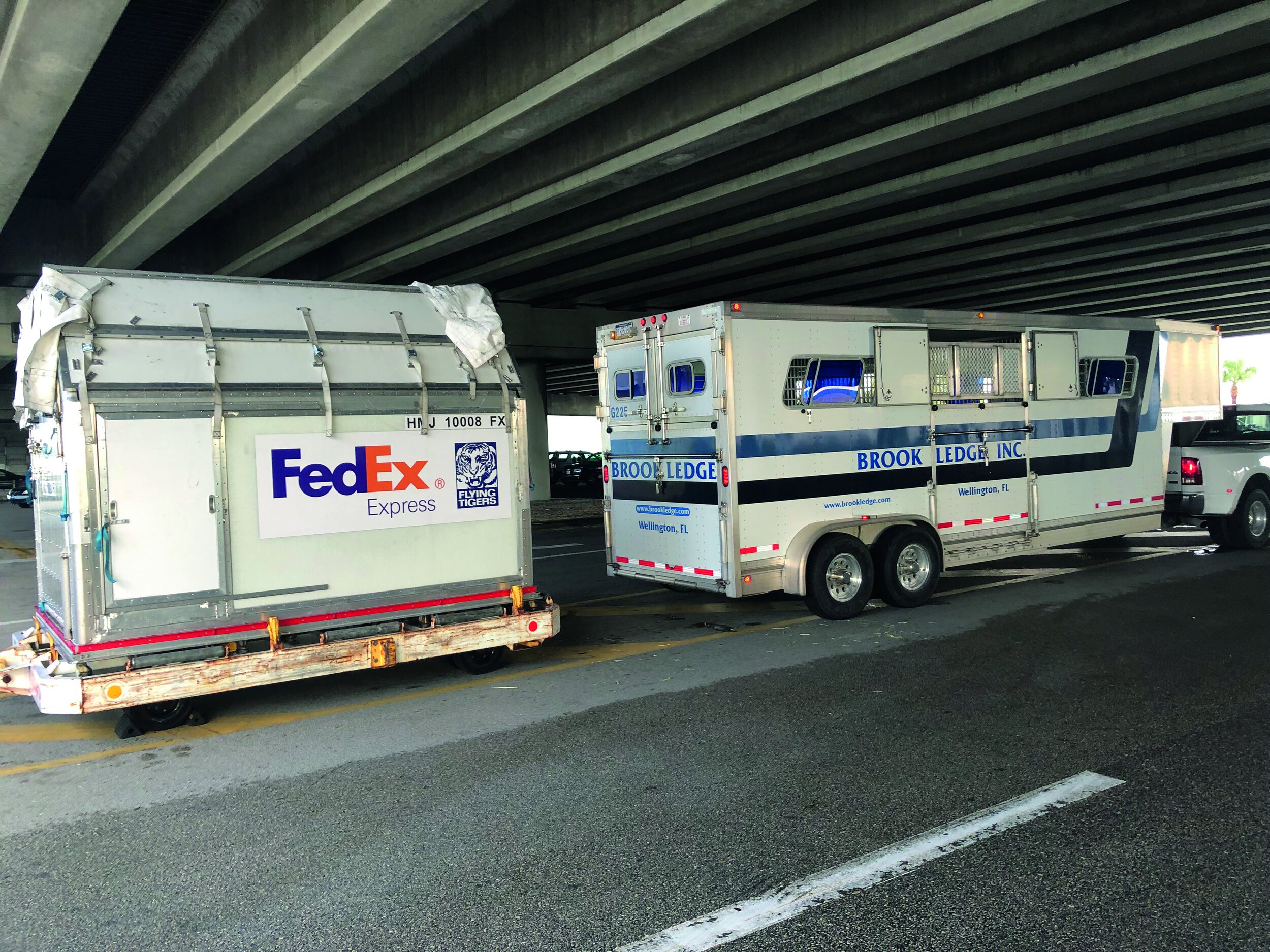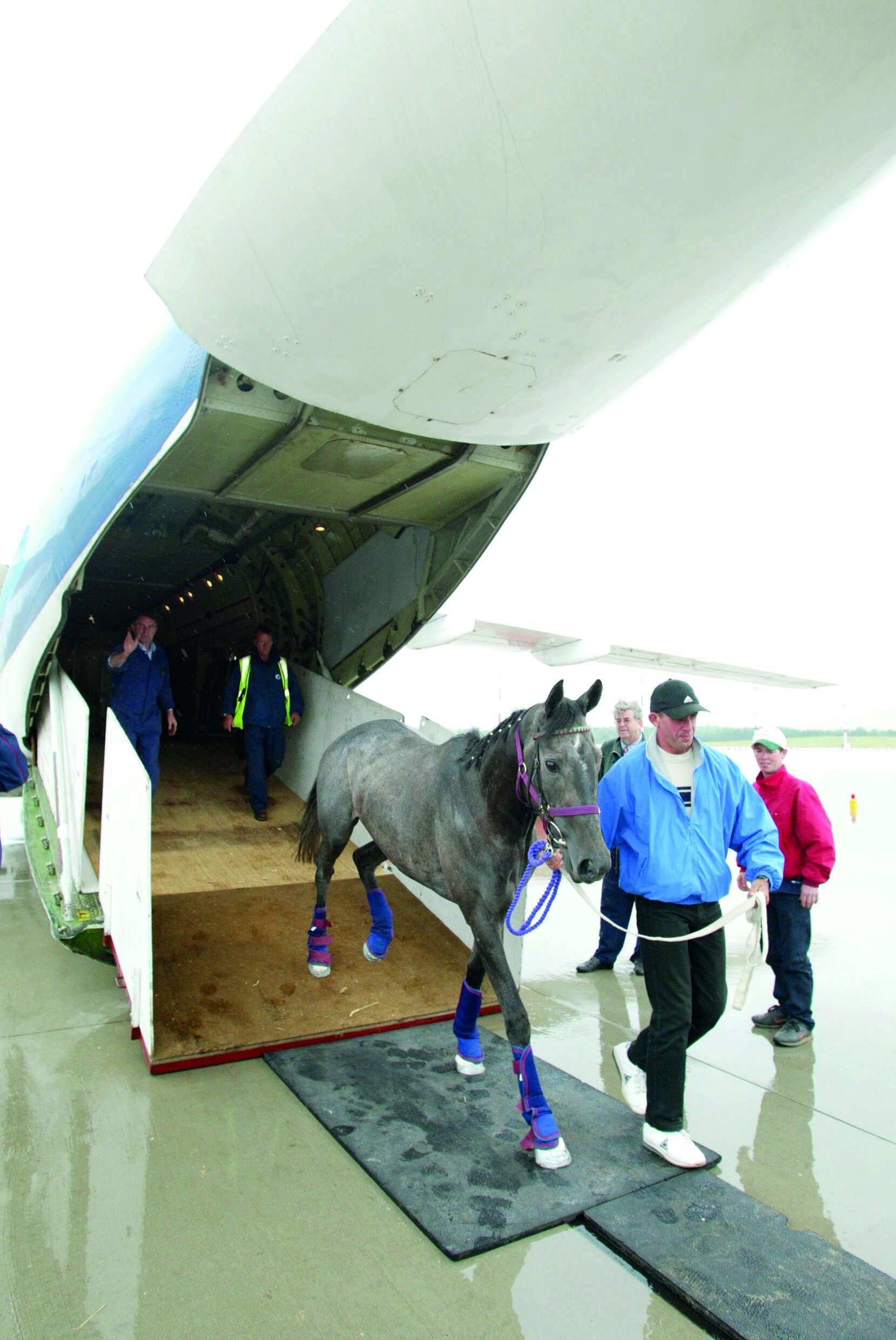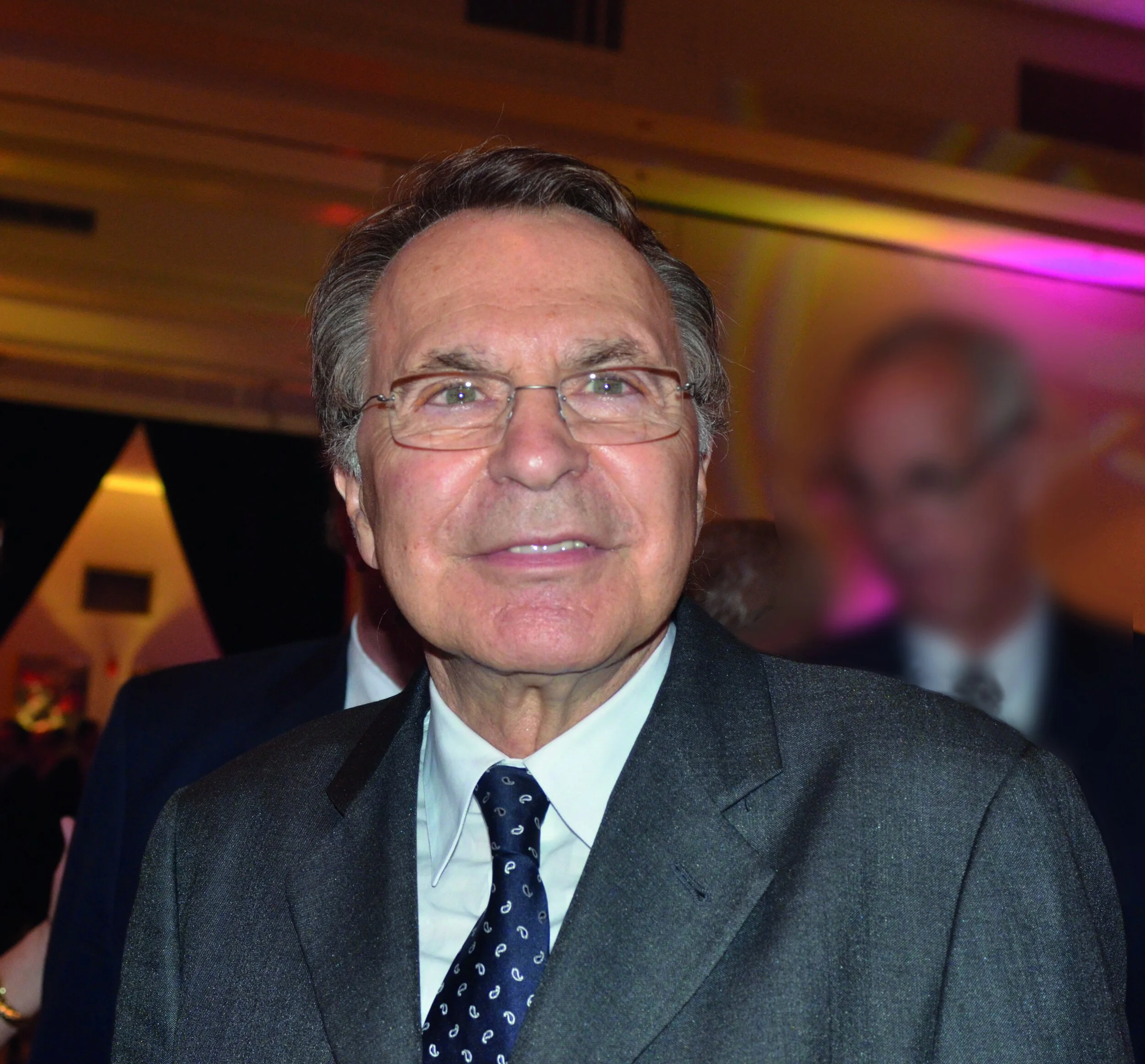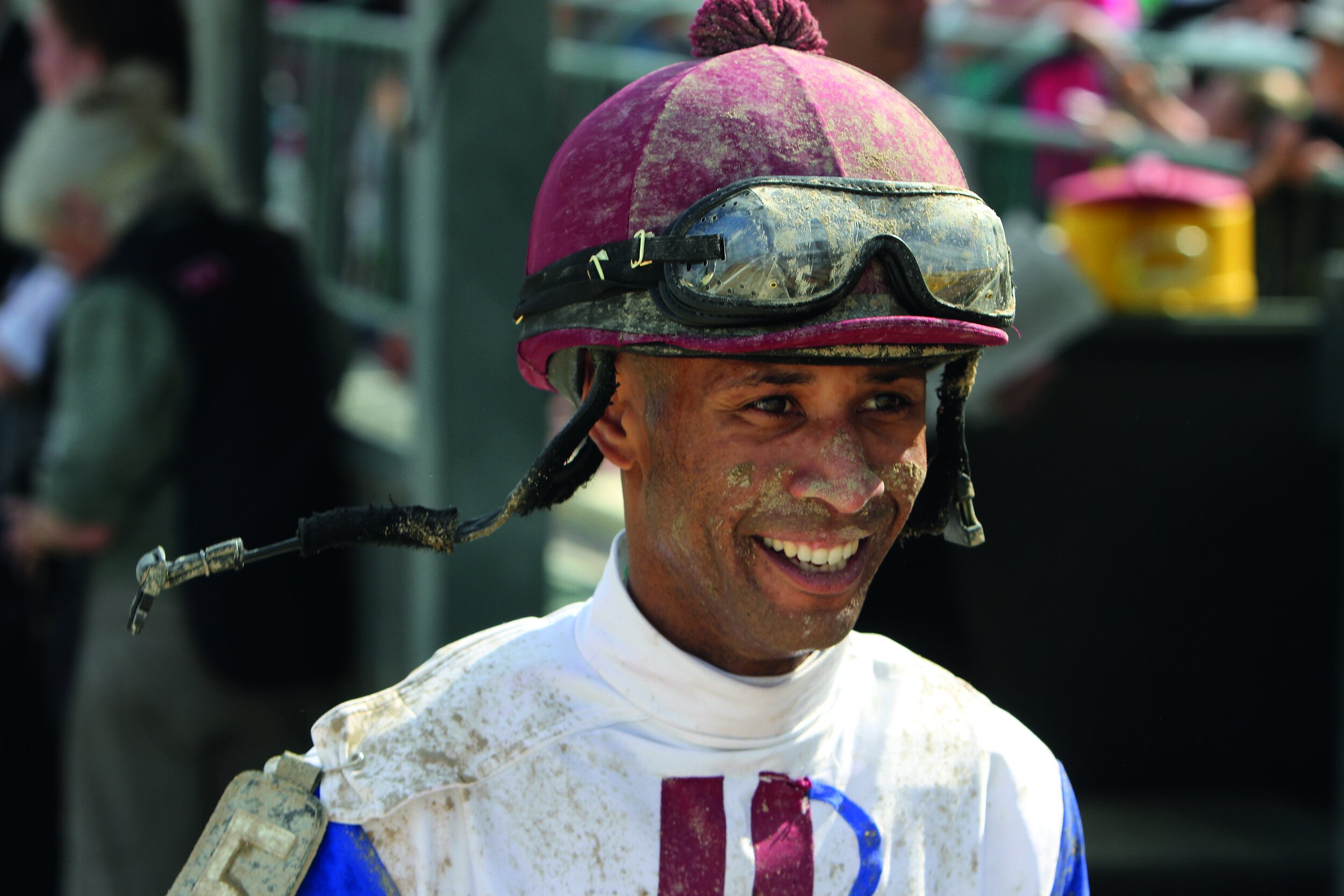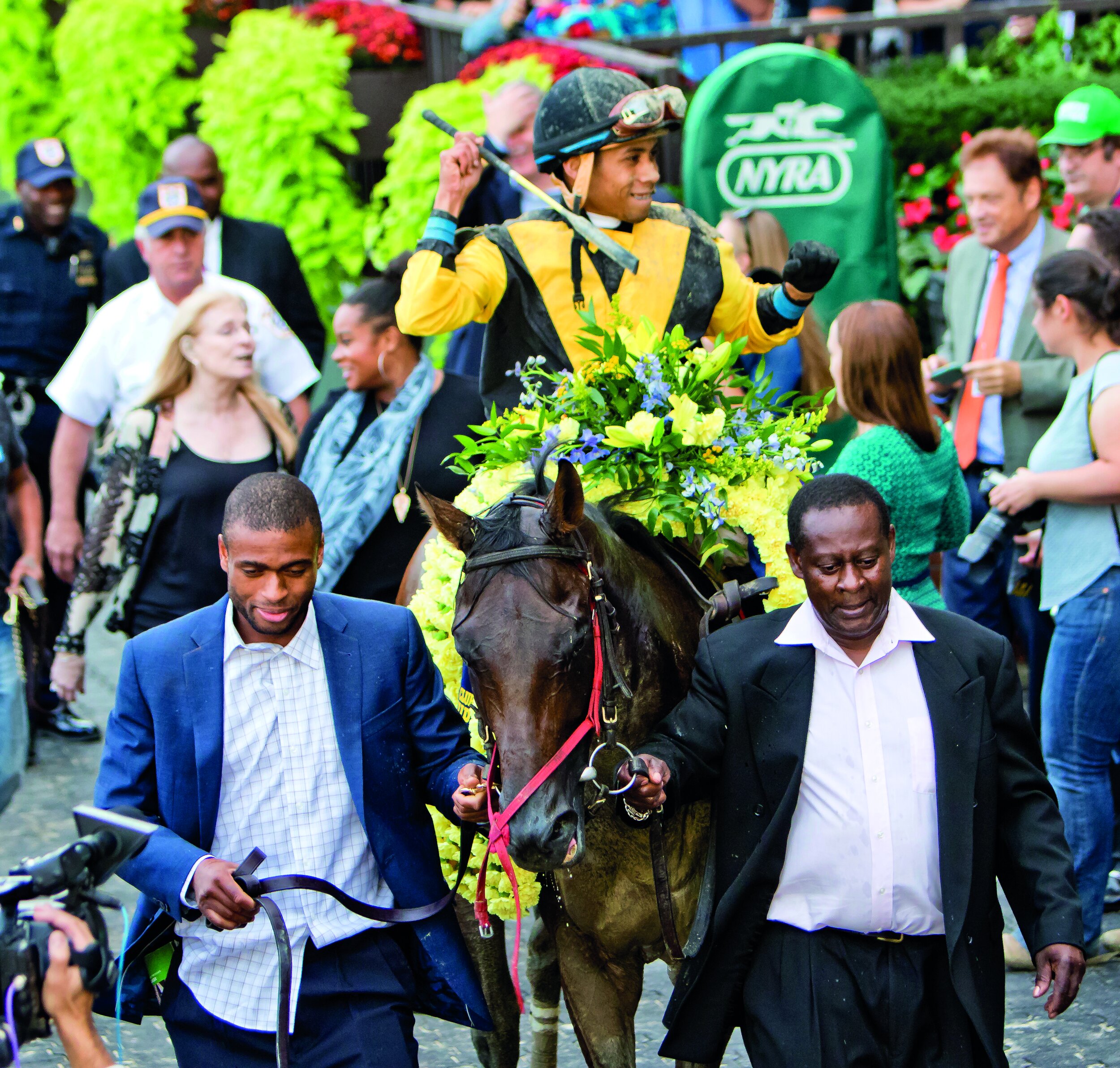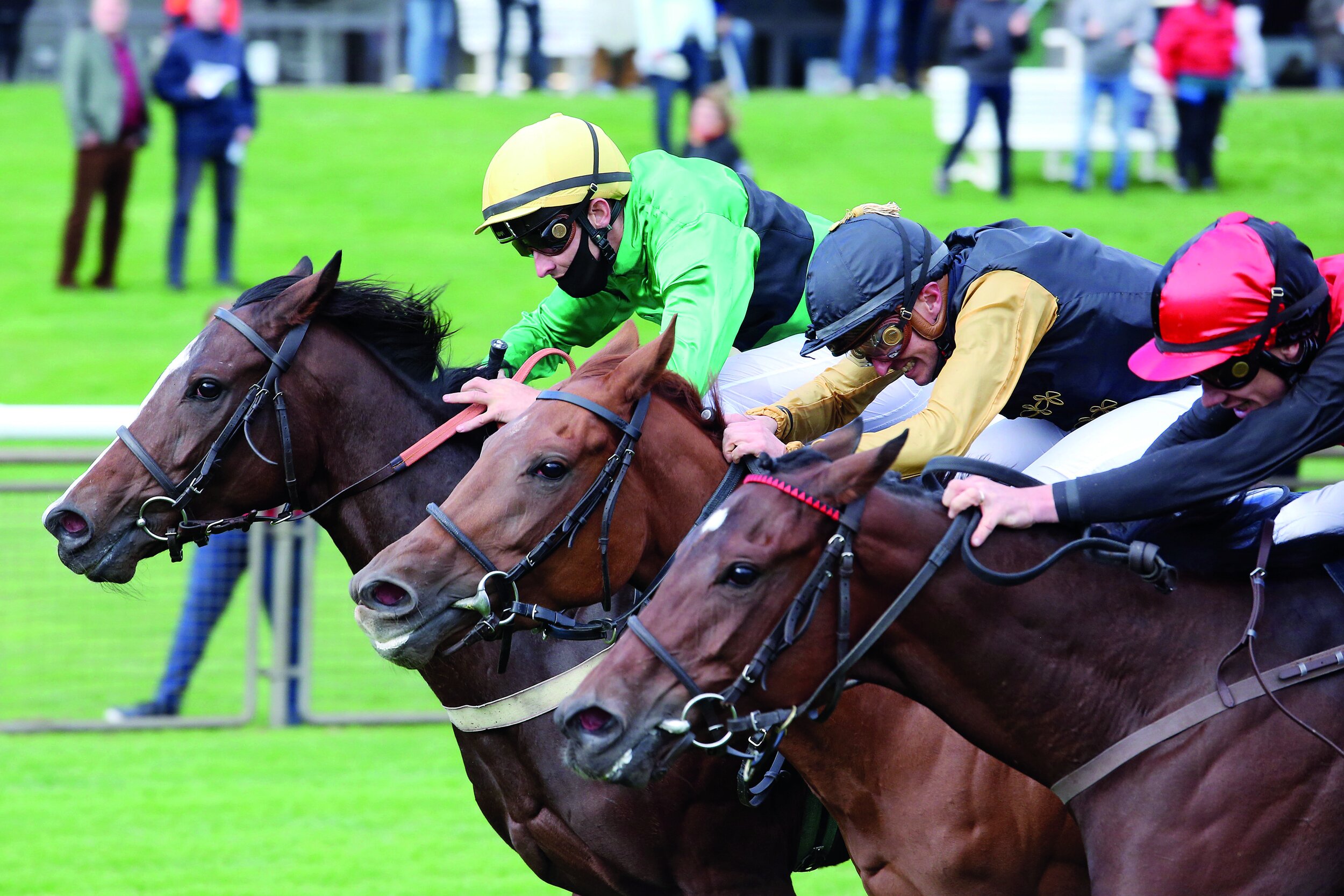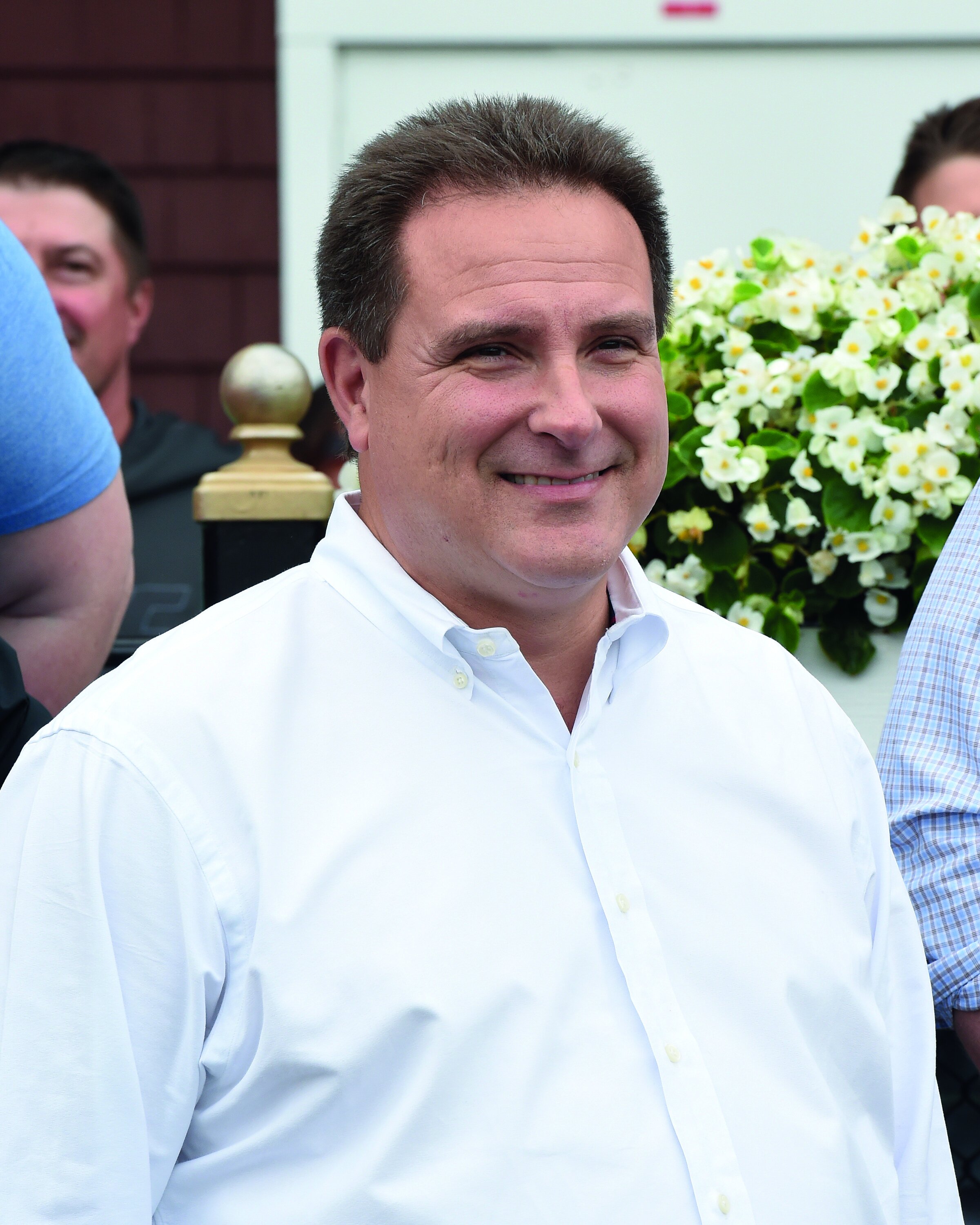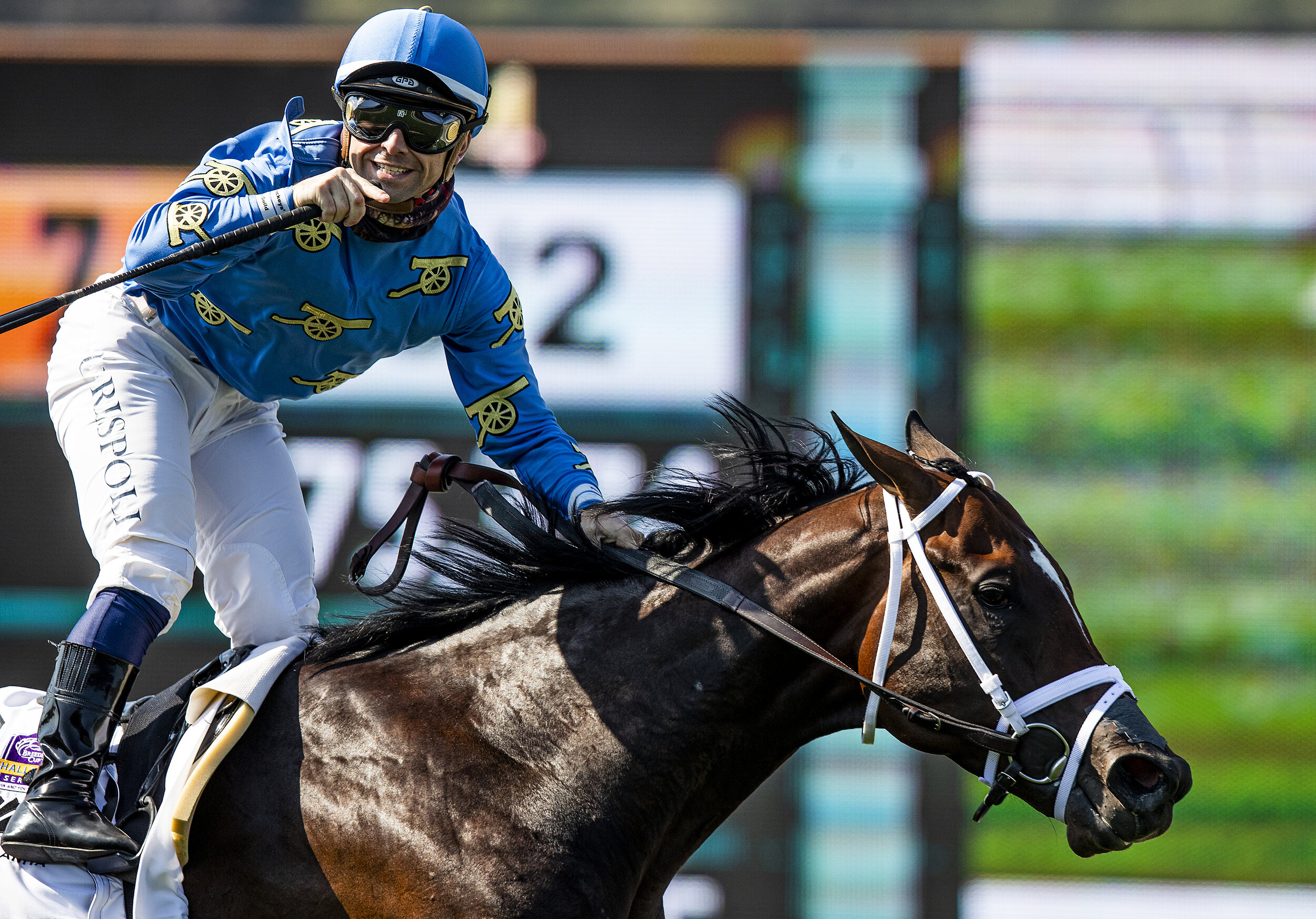Jeff Drown
/By Bill Heller
Highly successful Minnesota businessman Jeff Drown admitted that he didn’t like what he was seeing, watching his Kentucky Derby hopeful Zandon in the Gr. 1 Blue Grass Stakes at Keeneland April 9th. “When we were three-eighths out and dead last, I was wondering what was going on. That didn’t seem like the plan.”
But Zandon’s jockey, Flavien Prat, wasn’t panicking. And Zandon weaved through the horses in front him, found a seam and blew past Smile Happy to win by 2 ½ lengths, giving Jeff his first starter in the Run for the Roses on the first Saturday in May. That could give his trainer, Chad Brown, his first Derby victory. “Chad had him ready to go; he was high on him last fall and this spring. We’ve had high expectations for him all along.”
Drown was thrilled to share the Blue Grass victory with his mother and father, his wife Jill, and their five children. “It was fantastic; they had an absolute blast. Jill really likes it. She has a lot of fun with it.“
After the race, Drown was asked how many horses he owns. “I say, ‘Not enough.’ My wife says, ‘Too many.’”
Jeff Drown leads in Zandon after winning the 2022 Blue Grass Stakes
Having his father with him at the Blue Grass was special to Jeff. He got introduced to racing through his father and his friends when he tagged along for trips to Canterbury Park. “Lots of fun,” Jeff said. Years later, he got a group of friends together to buy a racehorse. “We had a little luck with it. I said, ‘Boy, this is fun. Let’s try again.’”
Drown’s ongoing success in business has allowed him to get into Thoroughbred ownership.
He is the founder and CEO of Lyon Contracting Inc., and co-owner of Trident Development, LLC. Both businesses are in St. Paul, where Jeff attended college at St. Cloud State University, earning a bachelor’s degree in business management and real estate.
“I owned real estate before I got out of college. I bought a bunch of student apartments near college at St. Cloud State. Back then, the market was really depressed. I bought them and managed them. They became valuable, and I sold them. Then I bought an apartment building. Then I built a small one, and we kept getting bigger and bigger.”
He began Lyon Contracting in 2000, and it is now one of the region’s largest real estate developers providing premium design and building services, general contracting and construction management services. The company has now expanded into North and South Dakota, Wisconsin and Iowa. Trident Development owns several of the developments Lyon Contracting has built.
Asked of his love for Thoroughbreds, Drown said, “They’re fantastic animals, fun to be around, fun to watch race. It’s no different than being in business. You have to build a solid team. It starts with (bloodstock agent) Mike Ryan. Go out and find these horses to buy. Get them broken. From there, it’s finding the right trainer.”
Zandon, ridden by Flavien Prat, wins the 2022 Blue Grass Stakes at Keeneland Racecourse
He thanks Mike for introducing him to Chad. Jeff and Chad’s first home run together was Structor, who sold for $850,000 as a two-year-old to Jeff and his partner, Don Rachel. Structor was three of four, taking the 2019 Breeders’ Cup Juvenile Turf and earning $710,880. “We hoped to bring him back to run in the Derby, but he had a slight injury and a breathing issue,” Drown said. “He went to stud in Japan.”
Zandon is also three-for-four and has earned $713,000. That number could grow quickly if he fares well in the Derby and the Triple Crown.
Jeff Drown celebrates Zandon’s Blue Grass win
Ironically, he could be one of two Minnesota-owned Derby starters beginning with the letter Z. Zosos, who finished second in the $1 million Louisiana Derby to Epicenter, is owned by Barry and Joni Butzow of Eden Prairie.
Drown wouldn’t trade his chances in the Kentucky Derby with anybody. “It’s my first Derby,” he said. “It’s very exciting. There’s no doubt. You see these two-year-olds prepping and you wonder, ‘Can they make the Derby? Can they make the Oaks?’ There’s a lot of enjoyment taking a horse from a yearling being broken to watch him train and grow up and see the talent develop. It’s just a lot of fun.”



